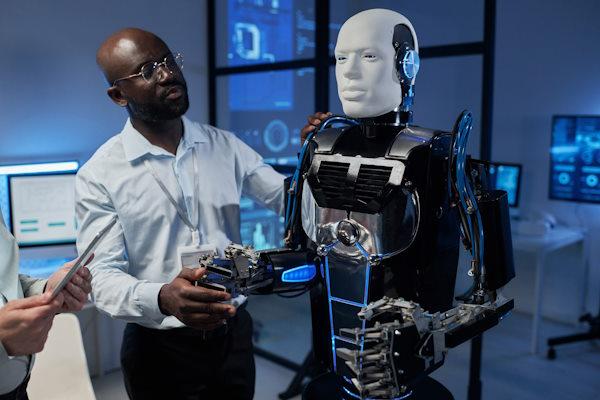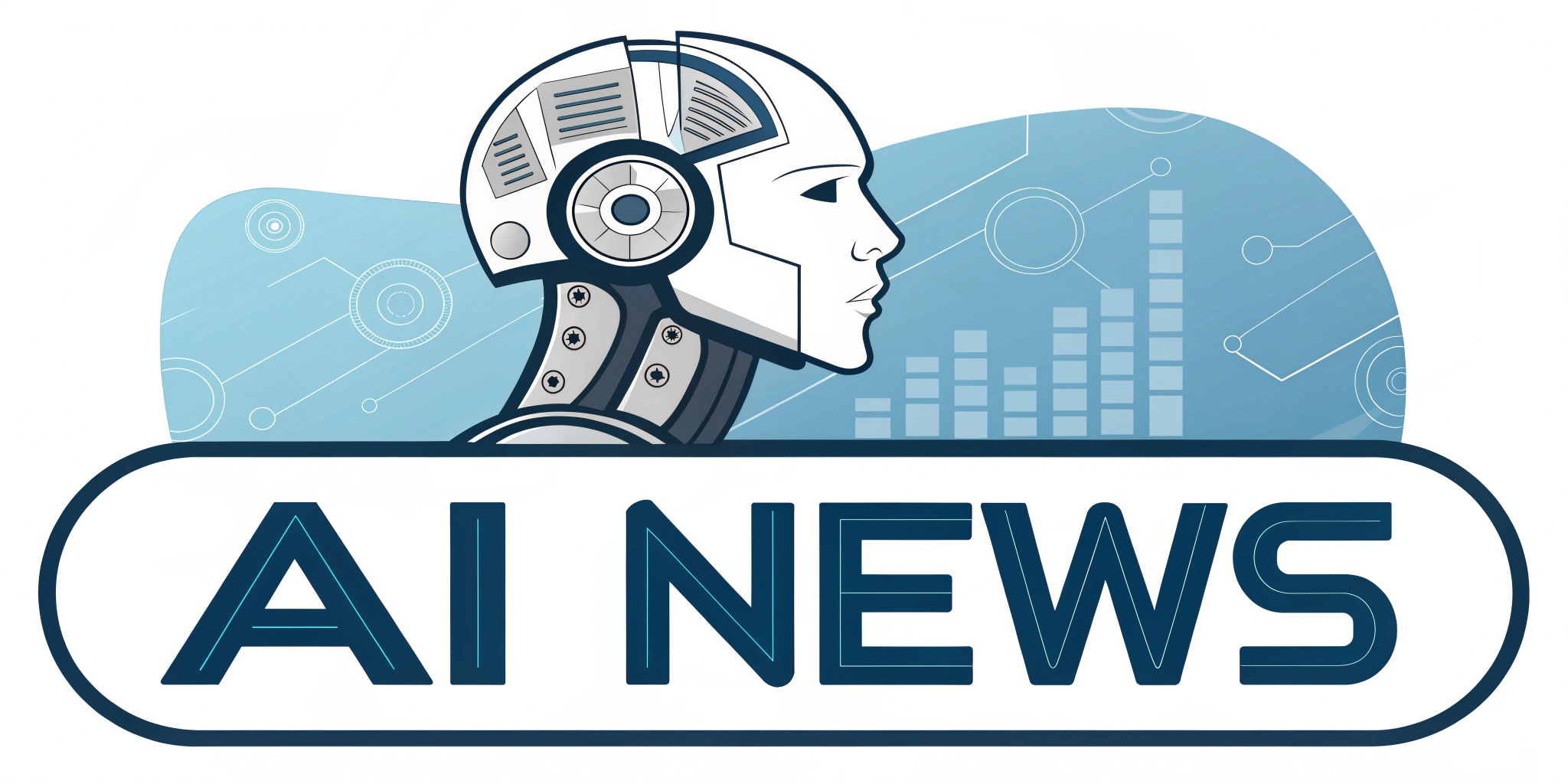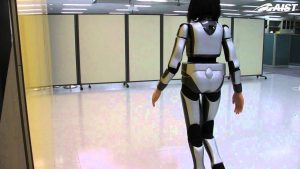As China embarks on the final year of its 14th Five-Year Plan, the nation’s commitment to high-quality advancement and technological innovation is more pronounced than ever. During this critical juncture, a standout theme from this year’s government work report is the push for embodied artificial intelligence—a pioneering field that combines AI and robotics to revolutionize industries ranging from manufacturing to healthcare. With global competition in science and technology reaching unprecedented heights, China is positioning itself as a leader in this innovation race. In a recent report, CGTN’s Wang Guan explores how these advancements are being showcased in companies like UB Tech, a prominent player in the humanoid robot sector. As humanoid robots transition from film fantasy to everyday reality, their applications are expanding rapidly, promising to transform roles within factories, homes, and beyond.With projections estimating that China’s humanoid robot market could soar to 870 billion yuan by 2030, it raises the question: will 2025 be the year when humanoid robots achieve explosive growth and become an integral part of our lives? In an insightful interview, UB Tech’s Chief Brand Officer, Michael Tam, shares his vision for the future of humanoid robotics and its potential impact on various industries.
The Rise of Embodied AI: Transforming Industries in China
The integration of embodied AI in manufacturing is streamlining operations and enhancing productivity across a myriad of sectors. As Chinese companies adopt advanced humanoid robots for tasks traditionally performed by humans, there is a significant shift in how labor is understood. Some key benefits include:
- Increased Efficiency: Robots can work around the clock, reducing the need for breaks and thereby accelerating production times.
- Precision and Consistency: With advanced algorithms, robots ensure high accuracy, minimizing errors and defects in manufacturing processes.
- Human-Robot Collaboration: These robots are designed to assist human workers, allowing them to focus on higher-level tasks while robots handle repetitive jobs.
Healthcare is another domain witnessing a significant conversion fueled by embodied AI. Humanoid robots are emerging as companions for elderly care, providing not just assistance but also emotional support. The versatility of these robots enables them to take on various roles, including:
- Patient Monitoring: Robots can track vital signs and alert healthcare professionals to any concerning changes.
- Rehabilitation Assistance: They are used in physical therapy, guiding patients through exercises and ensuring proper techniques are followed.
- Social Interaction: Robots can engage with patients, reducing loneliness and promoting mental well-being, crucial aspects in care facilities.
China’s Humanoid Robot Market: A New Frontier for Growth
As China’s humanoid robot technology continues to advance, the market is witnessing an unprecedented surge in investment and innovation. Major tech firms and startups alike are racing to develop refined robots capable of performing complex tasks across diverse sectors.This evolution is notably evident in service industries such as hospitality and retail, where humanoid robots are being deployed for customer engagement, providing assistance in shopping, and enhancing overall service quality. Key trends shaping this landscape include:
- Robust Investment Ecosystem: Government incentives and funding from venture capitalists are catalyzing rapid growth in the humanoid robotics sector.
- Technological Integration: The fusion of IoT and AI in humanoid robots enhances their functionality, facilitating smarter and more interactive systems.
- Global Collaboration: Partnerships between Chinese companies and international tech leaders are fostering knowledge exchange and innovation.
The trajectory of the humanoid robot market in China is also marked by a growing emphasis on ethical considerations and user acceptance. Companies are not only focusing on technological advancements but are also engaging in public policy dialogues to address concerns related to automation and employment.There is a concerted effort to promote understanding of how humanoid robots can coexist with human workers rather than replace them.To this end, initiatives include:
- Community Engagement: Workshops and seminars designed to educate the public about robotic technology.
- Enhanced User Interfaces: Simplifying interactions to ensure robots are user-friendly and accessible.
- Feedback Mechanisms: Implementing systems that allow users to provide input on robot functionalities, promoting a sense of ownership and trust.
Technological Innovation and the Future of Work
The deployment of humanoid robots in service sectors is opening new doors for the future workforce,challenging conventional employment structures while optimizing operational efficiencies. This evolution reflects a broader trend where technology and human skills are merging, leading to innovative job roles that prioritize creativity and interpersonal communication. Some noteworthy characteristics of this transition include:
- Skill Augmentation: Humanoid robots are increasingly utilized to enhance human capabilities, allowing workers to tackle more complex and fulfilling tasks that require a personal touch.
- Job Redefinition: As robots take on mundane practices, positions centered on problem-solving, strategy, and emotional intelligence are emerging, signaling a shift in workforce skill requirements.
- Continuous Learning: Workers will need to adapt to new technology, fostering an habitat where lifelong learning becomes essential to stay relevant in the job market.
Furthermore,the rapid progress of this technology also raises questions about data security and the ethical implications of relying on machines in sensitive areas such as customer service and healthcare. Industries are now facing the imperative to develop robust cybersecurity measures to protect user data accessed by humanoid robots.Companies are focusing on:
- Data Privacy Protocols: Establishing clear guidelines for data collection and usage that safeguard consumer facts.
- Transparency Initiatives: Informing users about how their data is processed and ensuring accountability in robotic interactions.
- Ethical AI Development: Committing to designing robots that prioritize human welfare and uphold ethical standards in automation.
Positioning Against Global Competition: China’s Strategic Focus in AI
China’s commitment to establishing itself as a formidable player in the AI landscape is evident through its strategy of fostering collaboration between academia and industry. By creating innovation hubs, the government encourages knowledge sharing and the development of cutting-edge technologies. Key initiatives include:
- Research Partnerships: Collaborations between universities and tech companies to advance research in robotics and artificial intelligence.
- Incubation Programs: Support for startups focusing on AI and humanoid robotics to drive creativity and unique solutions.
- Workforce Training: Specialized education programs aimed at equipping the next generation with the skills necessary for working alongside advanced robotics.
Moreover, the Chinese government actively invests in building a robust intellectual property framework intended to attract international talent and foster innovation. By enhancing patent protections and simplifying the licensing process, companies are encouraged to bring their innovations to market swiftly. The emphasis on:
- Standardization: Establishing industry standards that ensure quality and compatibility among various robotic systems.
- International Engagement: Participating in global forums to exchange ideas and set collectively beneficial goals in AI development.
- Sustainability Practices: Promoting eco-friendly approaches in robotics to ensure that advancements benefit both society and the environment.























